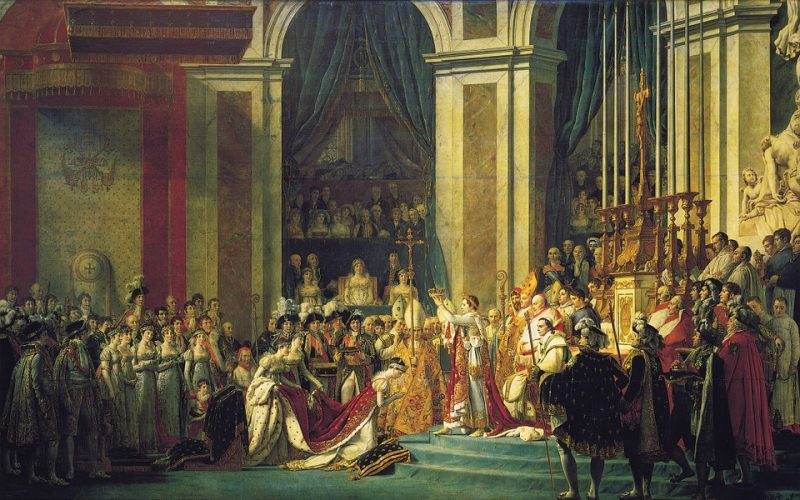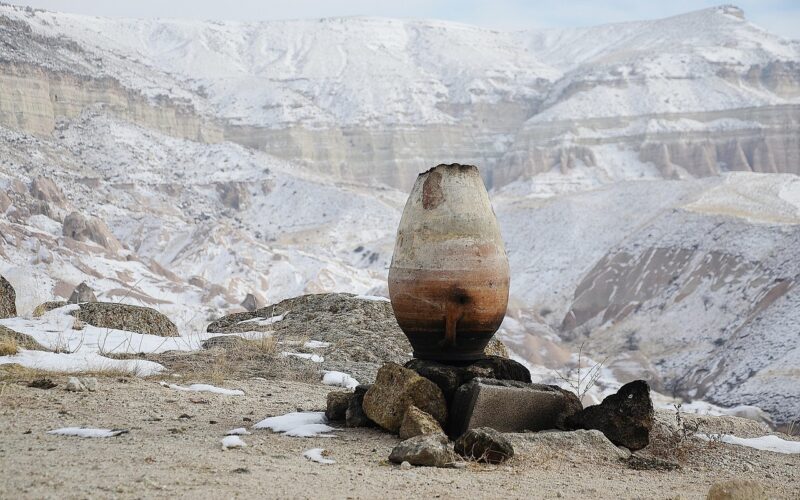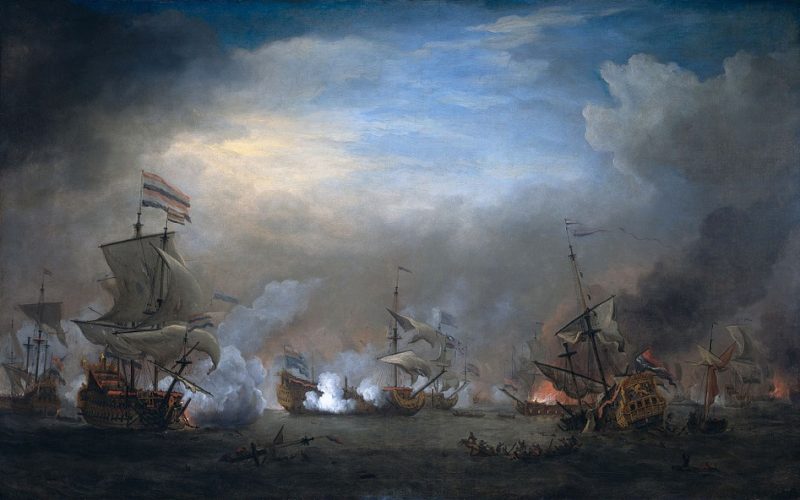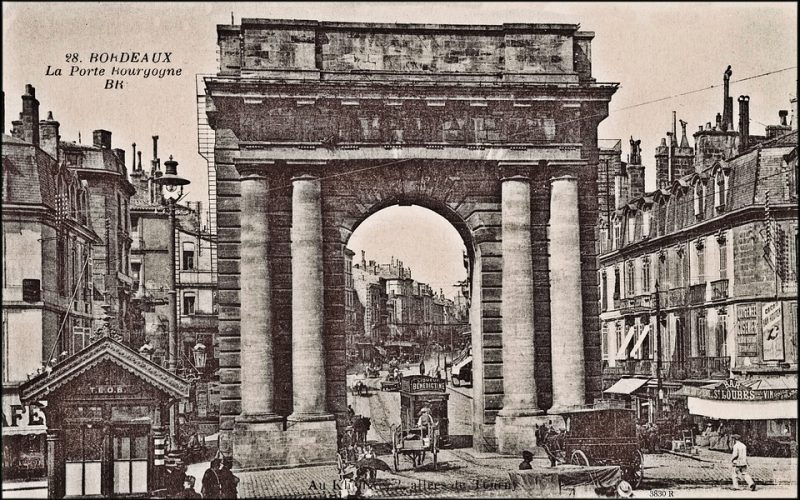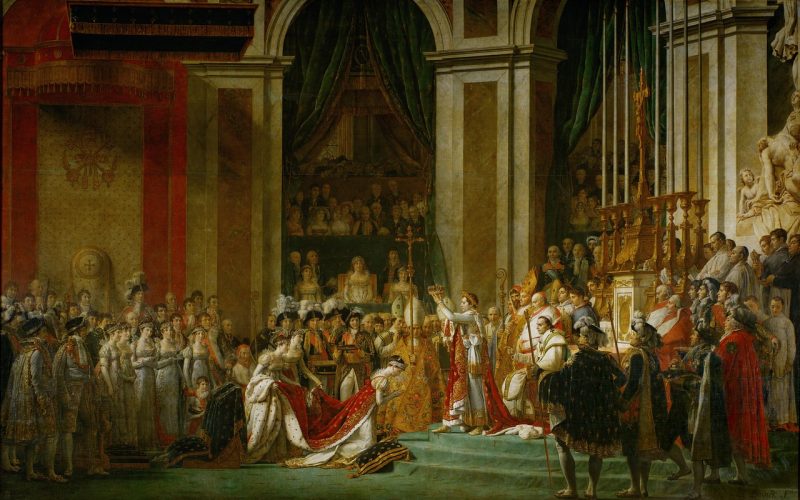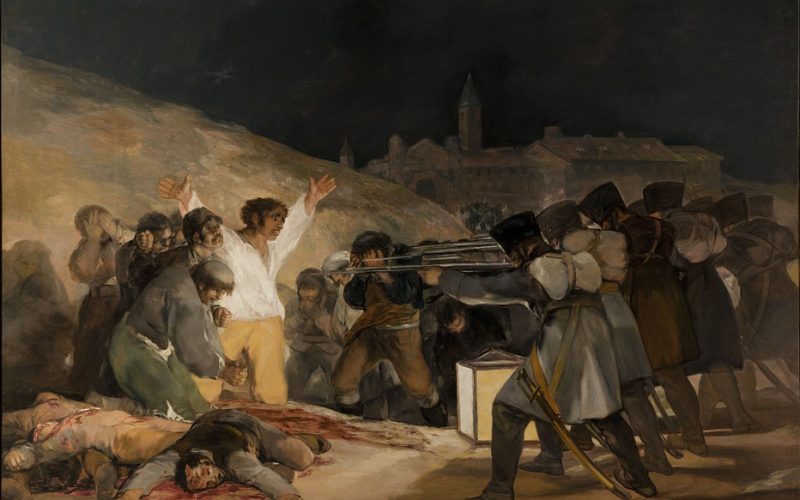It has long been said that the winners of wars are those who get to write the history books, but few people think about how those books are really written. For the winners, it is a glorious struggle that confers honor and strength to those who win victories. The losers of the battles are portrayed as weak and selfish, and their cause is automatically assumed to be unjust. No matter who writes the history books, few of them detail the actual sacrifices and horror that occurs when groups with arms meet on the battlefield.
During Napoleon’s reign, many military campaigns were fought to increase the Empire. As the history books record, Napoleon came to power through the military, so it is natural that his idea of expansion would include mostly military options. What few of those written works care to detail is the suffering and outright slaughter that happened at the time. Glory and sacrifice for country are important words, but only those who have been in battles truly know their meaning.
After the reign of Napoleon ended, artists began to break away from their patrons. The ability to depict on canvas and in drawings what they actually saw on the battlefield was a shock and education to many of that time. Some of the art that still survives is an important part of historic education for many, and some teachers insist that the horror should be taught to all who believe war is a necessary part of life.
There are still very few paintings and drawings of war, but many photographers and camera men are now being embedded within military companies to show what really occurs. Historically, this would seem to be a first, but Napoleon actually had the same idea centuries ago. The only difference is that he told his artists what to depict, and he left out the true horrors to make war an attractive prospect.

